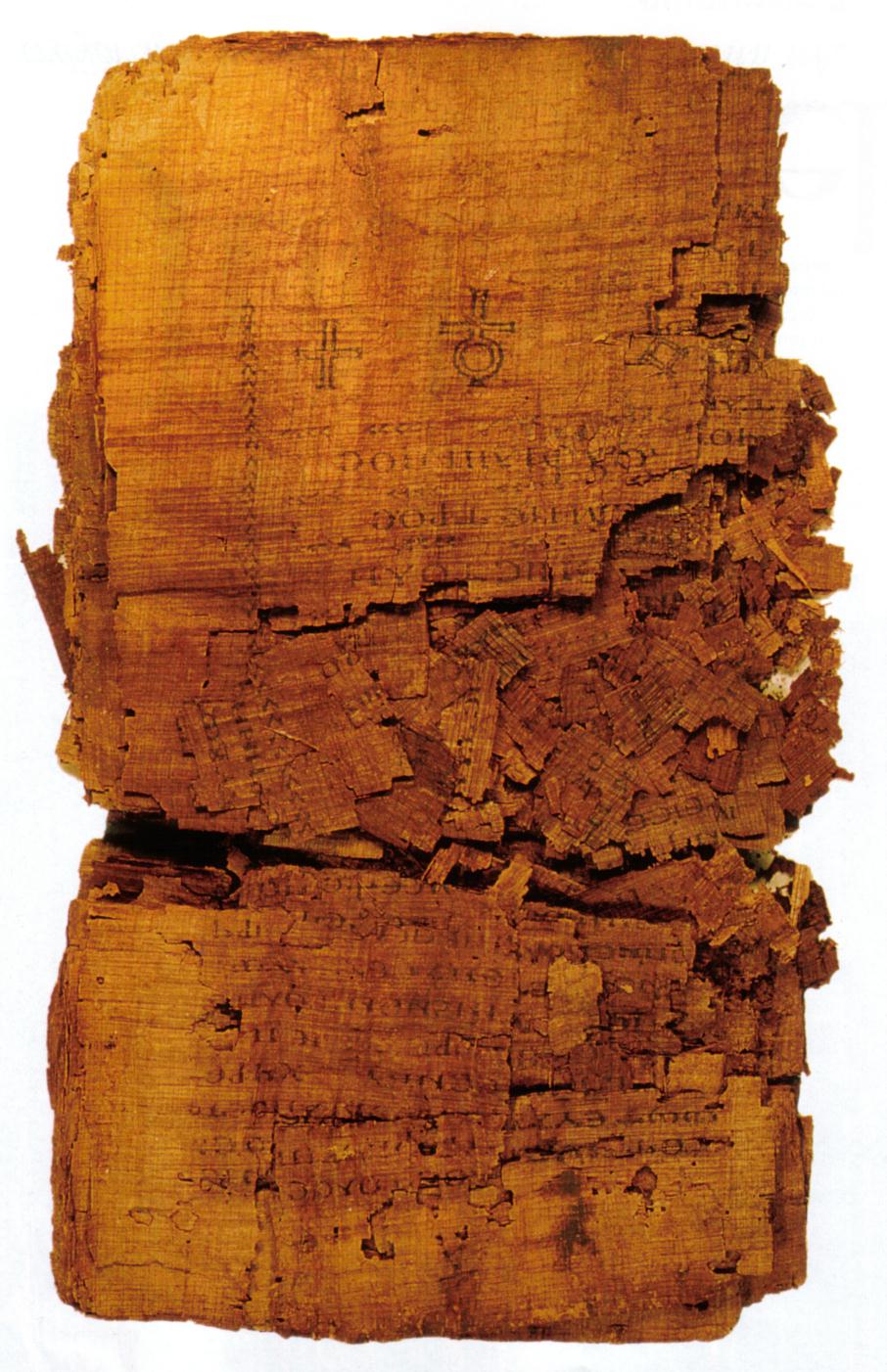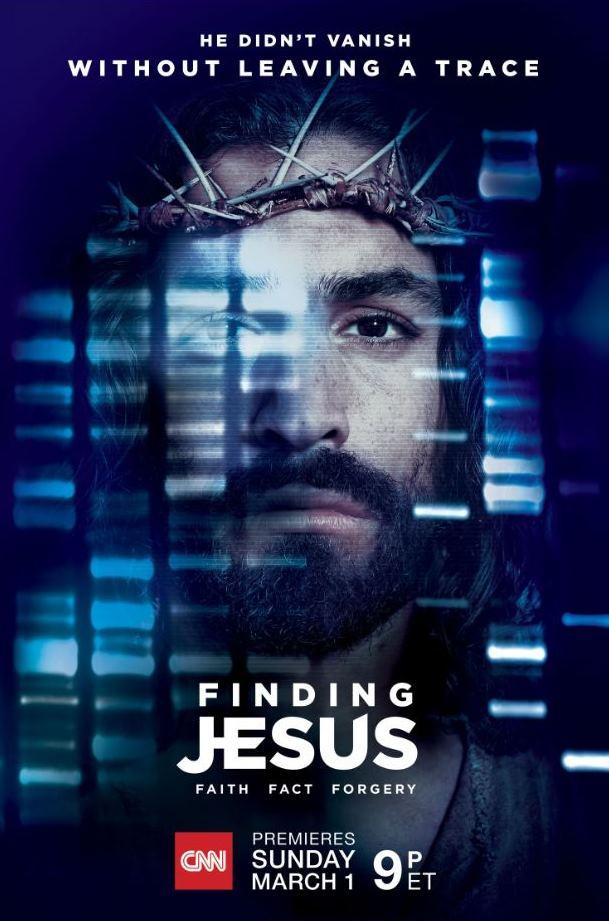Reflections on Teaching Gnosticism Week 9: Apocalypses
The TA and Sessionals strike at York continues but some classes taught by full-time faculty have resumed, including my Gnosticism course. The few weeks off led to some confusion for me on the organization of the course (see below) but I was happy to be back in class.
We continued our journey through Nicola Denzey Lewis’ textbook, covering several more of her thematic chapters. This week we read the two chapters on apocalypses. Chapter 18 of the textbook focuses on texts with “apocalypse” in their titles (the Apocalypse of Adam and the Apocalypse of Paul, but not the Apocalypse of Peter and the two apocalypses of James, which are examined in other chapters) and chapter 19 focuses on Platonic Sethian Apocalypses (Zostrianos, Allogenes, and Marsanes). I made only passing mention of the Sethian texts in the lecture, in part because I discussed them in a previous class on the development of Sethianism, but also because they are difficult texts to read due to the damage in the codices, and because they really do not fit well the definition of the apocalypse genre, which states (from the Semeia definition), “‘Apocalypse’ is a genre of revelatory literature with a narrative framework, in which a revelation is mediated by an otherworldly being to a human recipient, disclosing a transcendent reality which is both temporal, insofar as it envisages eschatological salvation, and spatial insofar as it involves another, supernatural world.” The Sethian texts are identified as apocalypses by Porphyry …


